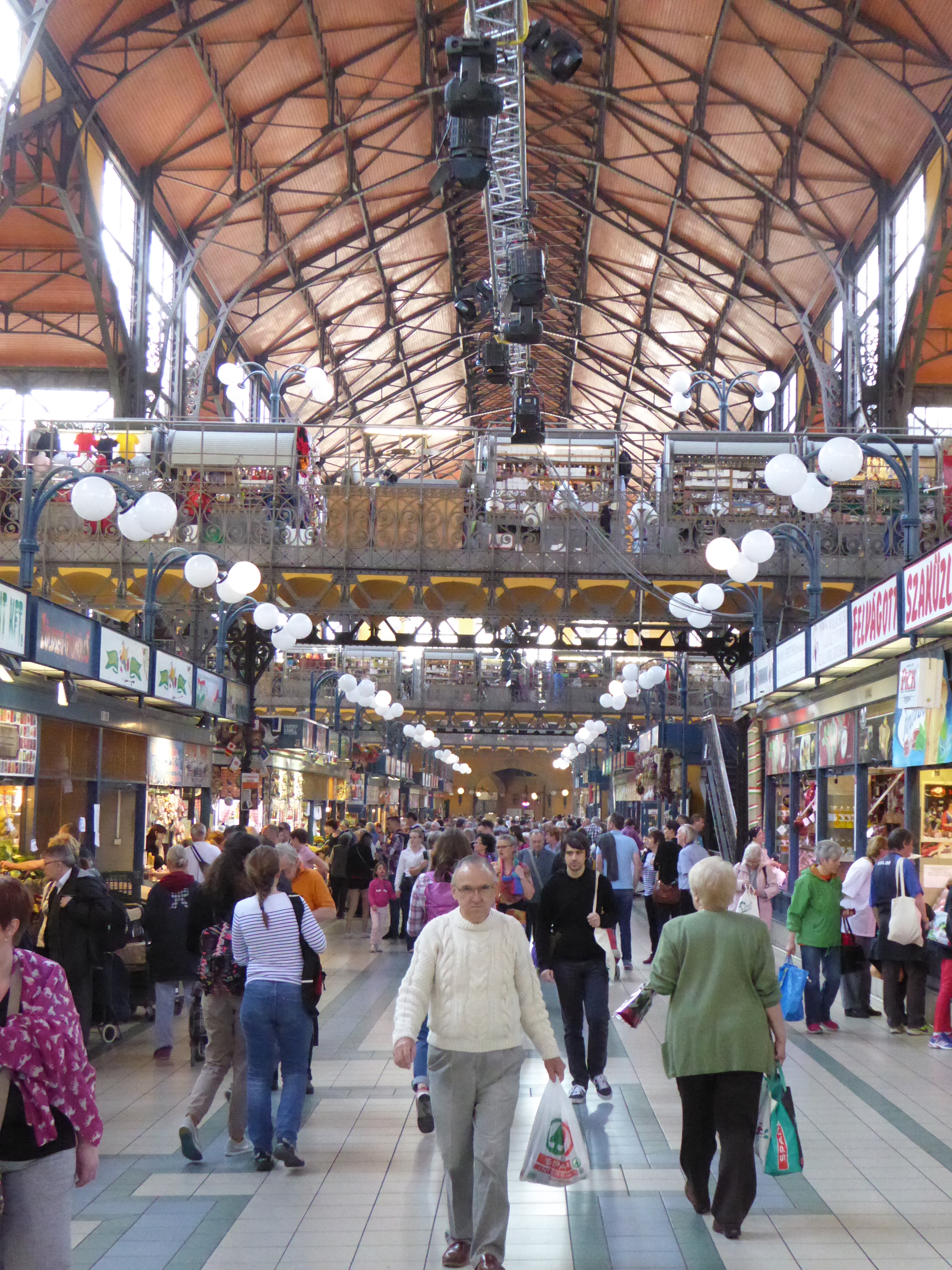THE DANUBE REGION UNTIL 1918: MOSAIC OR MELTING POT OF CENTRAL EUROPE

Budapest, market hall
The Canadian historian William Hubbard showed how tightly social, economic and demographic developments in the second half of the 19th century in Cisleithania, the western Austrian part of the Austro-Hungarian Empire were linked to the migrational processes and the minorities issue. In the seven biggest cities in this area, namely Vienna, Graz, Trieste, Prague, Brno, Lemberg/Lvov/Lviv and Krakow, the share of the population born in these cities was rather small. As in other European and American cities urbanisation was fed by migration from the countryside, not by higher birth rates in the cities. In Vienna you had in 1880 a share of immigrants of 65 %. Especially in Vienna immigration was a hot issue of social and political debate. The dynamisms of migrational processes and the political, economic and social status of minorities in the 19th and 20th century were undoubtedly due to urbanisation and industrialisation processes. Immigration followed the allocation of capital, but also traditional migrational processes continued that added to the numbers of already existing minority groups dispersed across the Danube region. One should not forget that migration was already a central phenomenon of the pre-industrial society here.…



